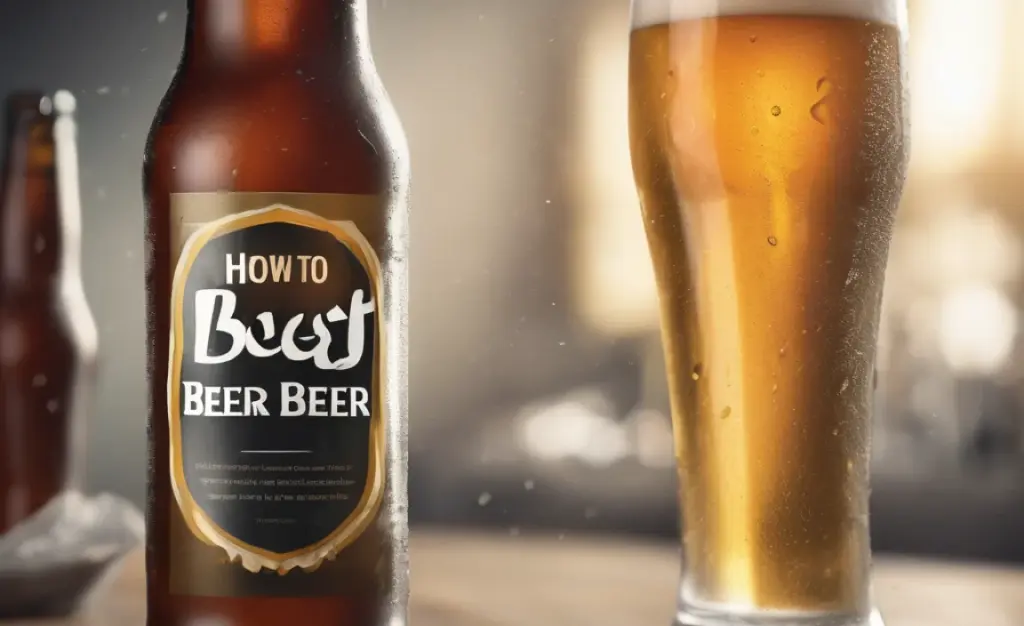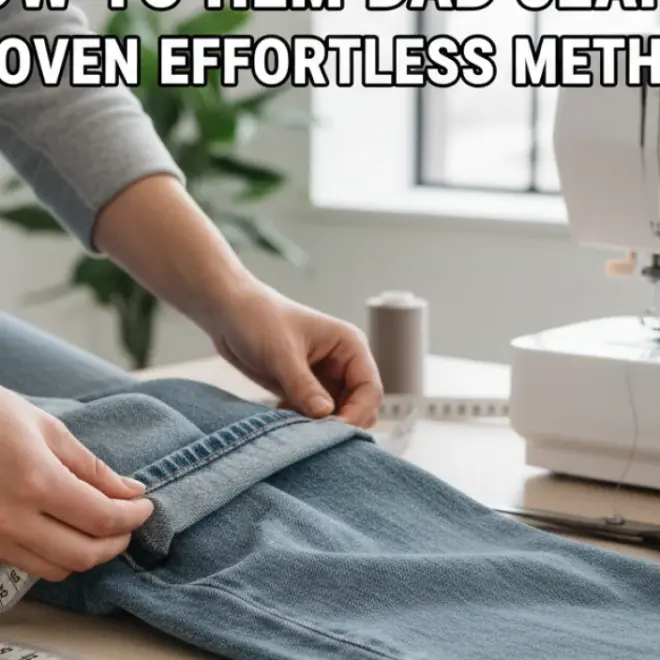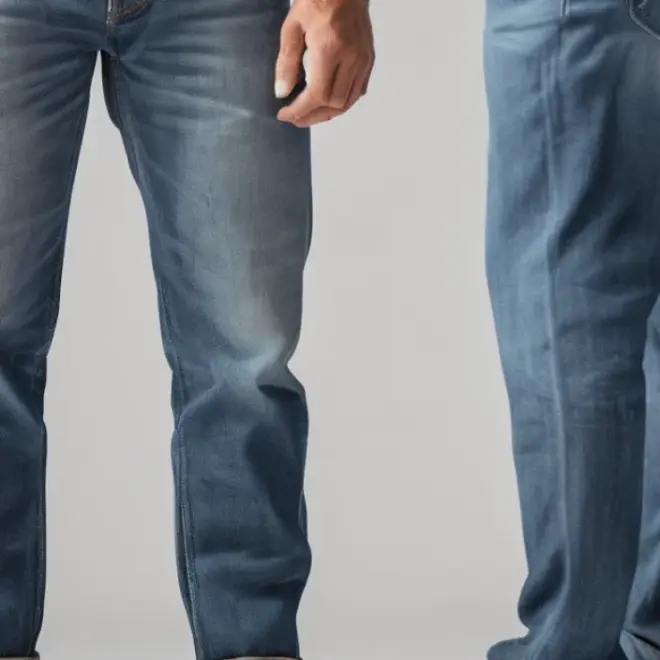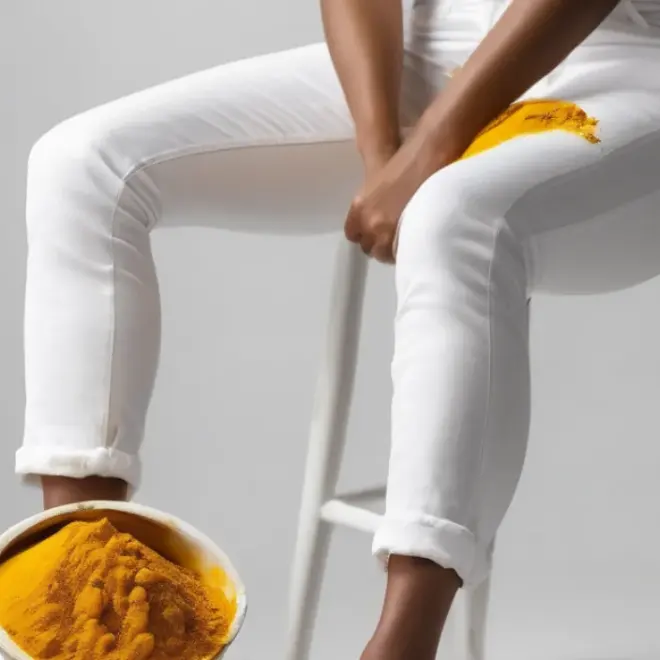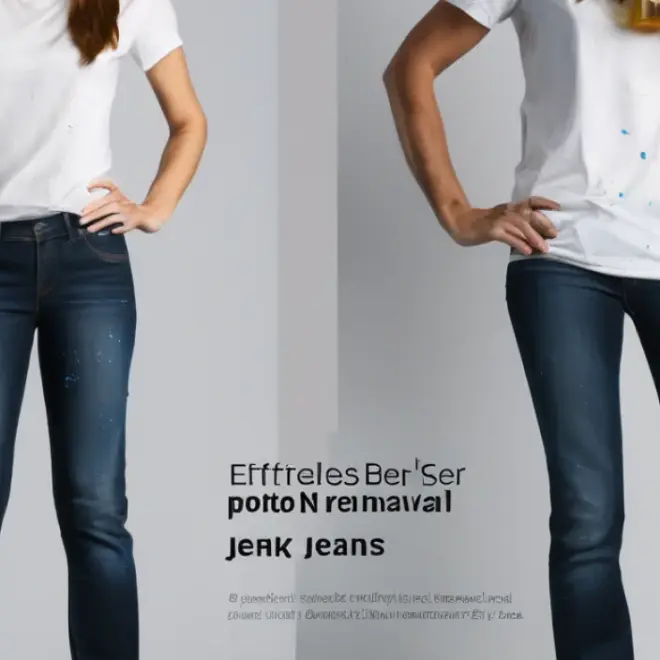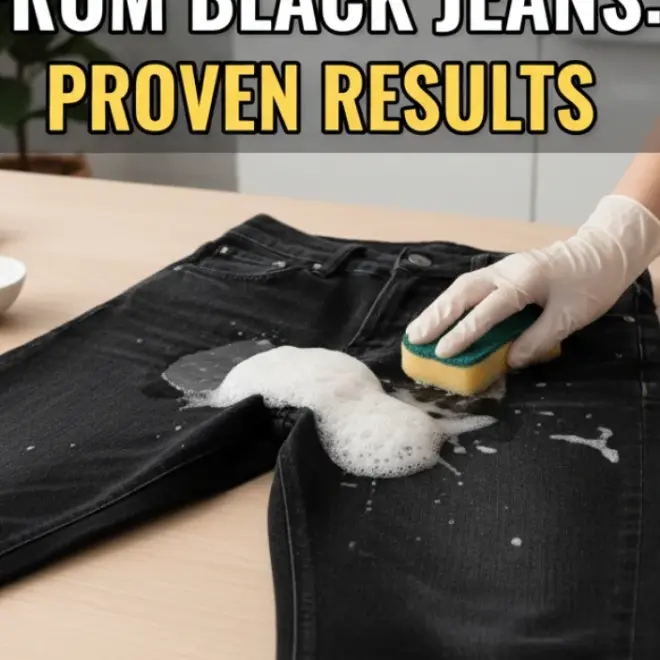Quick Summary: To effectively remove beer stains, act fast! Blot fresh spills immediately, then treat with a cold water and mild detergent solution, followed by a thorough rinse and air dry. For stubborn or old stains, a specialized stain remover or a baking soda paste can be highly effective on various fabrics.
How to Remove Beer: Proven Best Methods for Every Stain
Beer spills happen. Whether it’s a casual gathering or a cooking mishap, a beer stain on your favorite shirt or carpet can be frustrating. But don’t worry! Removing beer stains is usually straightforward. The key is to act quickly and use the right technique for the fabric. This guide will walk you through proven methods to tackle beer stains, from fresh spills to set-in spots, helping you restore your belongings to their former glory.
We’ll cover everything from simple home remedies to more specialized treatments. You’ll learn the best approach for different materials, ensuring you can confidently deal with any beer-related accident. Let’s get those stains out!
Understanding Beer Stains
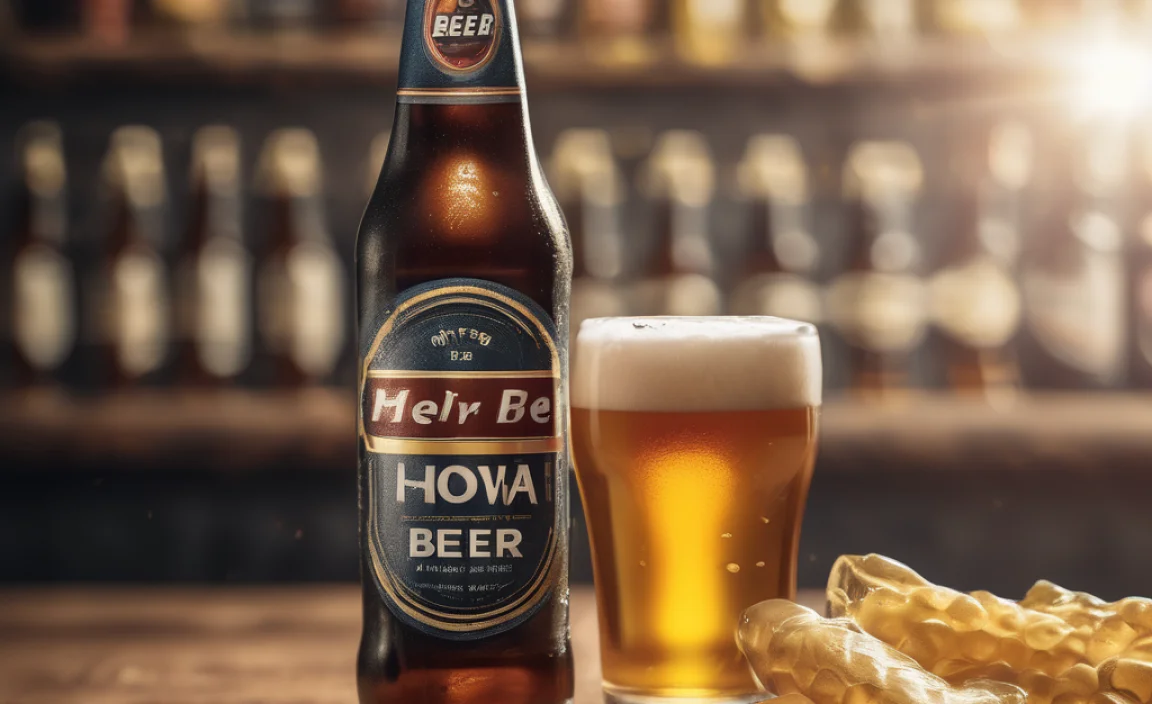
Beer stains are primarily composed of sugars, a small amount of hop residue, and in darker beers, tannins. These components can set into fabric fibers quickly, especially with heat. The stickiness of beer can also attract dirt, making the stain more noticeable. Understanding what you’re dealing with allows for a more targeted and effective removal process.
The acidity of beer is generally low, which means it’s less likely to damage most common fabrics on its own. However, the sugars can caramelize if exposed to heat (like from a dryer), making the stain much harder to remove. This is why quick action and avoiding heat are crucial first steps.
The Golden Rule: Act Fast!
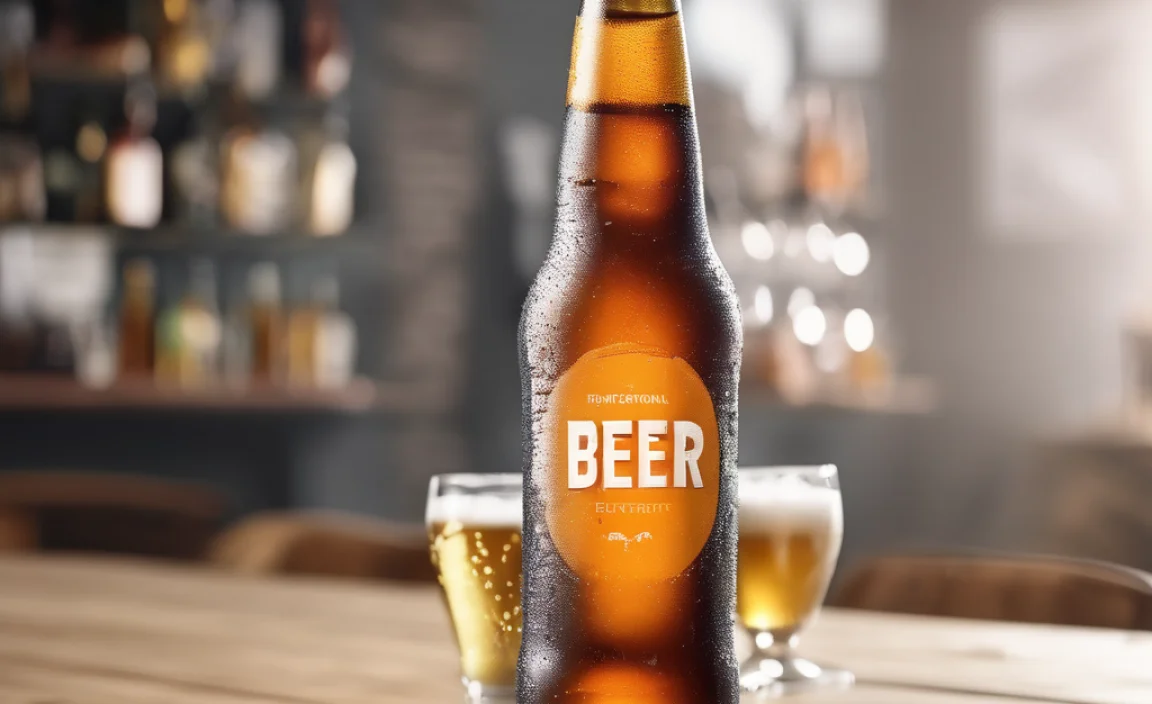
The single most important factor in removing any stain, including beer, is speed. The longer a stain sits, the deeper it penetrates the fibers and the more likely it is to set. Fresh beer is much easier to lift than a stain that has dried and bonded with the fabric.
Think of it like this: a fresh spill is like paint on a wet surface – it hasn’t hardened. A dried stain is like dried paint – it’s bonded and requires more effort to break down. So, as soon as a spill occurs, your priority should be to address it.
Step-by-Step Guide: Removing Fresh Beer Stains
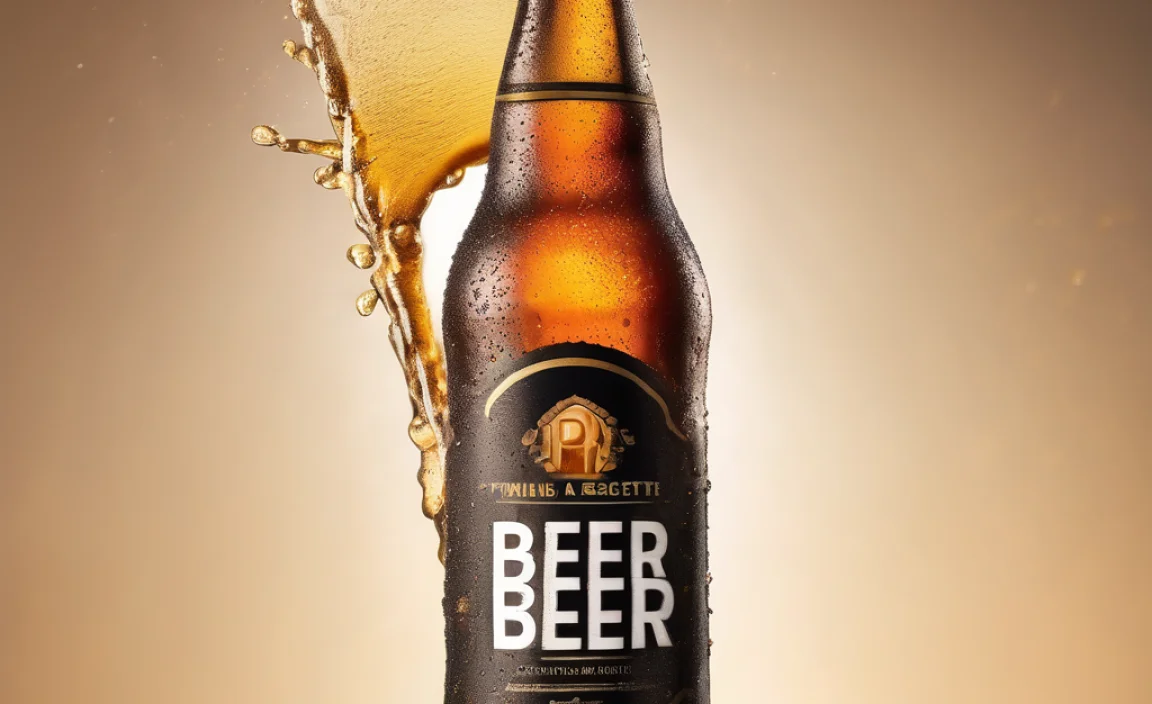
For most common fabrics like cotton, polyester, and blends, a simple, gentle approach is often all that’s needed for fresh beer spills.
Step 1: Blot, Don’t Rub
Immediately grab a clean, dry cloth or paper towel. Gently blot the stained area. The goal here is to absorb as much of the liquid beer as possible without spreading it further into the fabric. Rubbing can push the stain deeper and damage the fibers.
Step 2: Cold Water Rinse
Once you’ve blotted up the excess, turn the garment inside out and run cold water through the back of the stain. This helps to flush the beer out of the fibers. Continue rinsing until the stain seems to have lifted significantly.
Step 3: Introduce Mild Detergent
If a faint stain remains after rinsing, mix a small amount of mild liquid laundry detergent with cold water. Apply this solution to the stain using a clean cloth or your fingers. Gently work it into the fabric.
A good general-purpose detergent will work. Look for one that is enzyme-based, as the enzymes can help break down the organic components in the beer. For delicate fabrics, a detergent specifically designed for them is recommended.
Step 4: Let It Sit
Allow the detergent solution to sit on the stain for about 5-10 minutes. This gives the detergent time to work on breaking down any remaining beer residue.
Step 5: Rinse Again
Thoroughly rinse the area with cold water again to remove all traces of the detergent and loosened stain. You should be able to see if the stain is gone.
Step 6: Air Dry
Hang the item to air dry. Crucially, do not put it in the dryer or apply any heat until you are absolutely certain the stain is gone. Heat will set any remaining stain, making it permanent.
Tackling Set-In or Stubborn Beer Stains
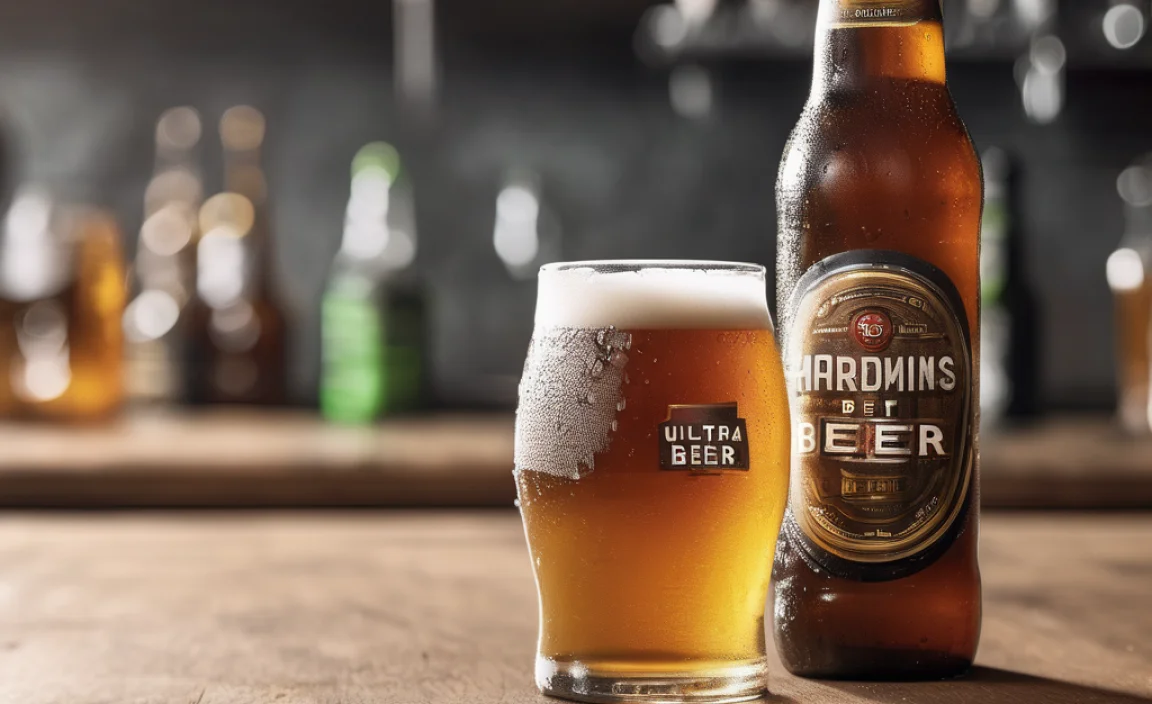
Sometimes, you might discover a beer stain after it has dried, or a fresh stain resisted the initial treatment. For these tougher situations, you might need a slightly stronger approach.
Method 1: Baking Soda Paste
Baking soda is a natural whitener and deodorizer, making it excellent for lifting stains and neutralizing any lingering beer smell. This method is generally safe for most colorfast fabrics, but always test on an inconspicuous area first.
How to Make and Use Baking Soda Paste:
- Mix the Paste: In a small bowl, combine baking soda with a small amount of water to form a thick paste. Aim for a consistency similar to toothpaste.
- Apply to Stain: Gently apply the paste directly onto the dried beer stain, making sure to cover it completely.
- Let It Work: Allow the paste to sit on the stain for at least 30 minutes, or even a few hours for stubborn stains. The paste will dry and work to lift the discoloration.
- Scrape and Rinse: Once the paste has dried, gently scrape off as much as you can with a dull knife or spoon. Then, rinse the area thoroughly with cold water.
- Wash as Normal: Launder the item as usual according to its care label, again, ensuring you air dry it until the stain is confirmed gone.
Method 2: White Vinegar Solution
White vinegar is a mild acid that can help break down many types of stains, including those from beverages like beer. It’s also a natural deodorizer. Always dilute vinegar before using it on fabric and test for colorfastness.
How to Use White Vinegar:
- Dilute Vinegar: Mix one part white vinegar with two parts cold water in a bowl.
- Apply to Stain: Dip a clean cloth into the vinegar solution and blot the stained area.
- Let It Sit: Allow the solution to soak into the stain for about 10-15 minutes.
- Rinse Thoroughly: Rinse the area with plain cold water to remove the vinegar solution and loosened stain.
- Wash and Air Dry: Proceed to wash the garment as usual and air dry.
Method 3: Specialized Stain Removers
For very tough stains, or if you’re dealing with delicate fabrics where home remedies might be risky, a commercial stain remover can be a lifesaver. Many are formulated to tackle a wide range of stains, including tannins and sugars found in beer.
Choosing and Using a Stain Remover:
- Read Labels Carefully: Select a stain remover that is safe for your fabric type. Check if it’s suitable for colorfast fabrics if your item is colored.
- Follow Instructions: Apply the stain remover directly to the stain as per the product’s instructions. This usually involves letting it sit for a specific period.
- Test First: Always perform a spot test on an hidden part of the garment to ensure the remover doesn’t damage or discolor the fabric. You can find great resources on fabric care from organizations like the Colorado State University Extension.
- Wash and Air Dry: After the recommended treatment time, wash the item as usual and air dry.
Specific Fabric Considerations
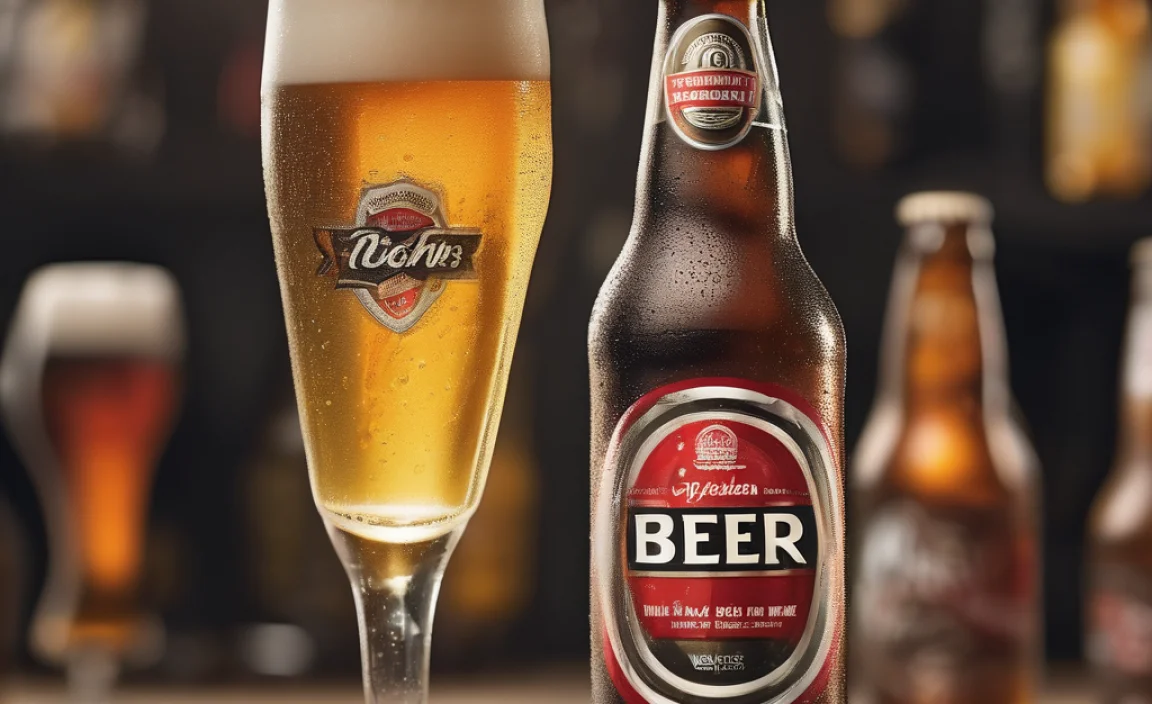
Not all fabrics are created equal, and the best method for removing beer might vary slightly depending on what you’re treating.
Beer on Light Wash Jeans (and Denim)
Light wash denim is notoriously tricky because any stain is highly visible. Thankfully, denim is fairly durable. For fresh beer on light wash jeans:
- Blot thoroughly with a clean, dry cloth.
- Rinse the back of the stain with cold water.
- Apply a small amount of mild laundry detergent or a pre-treater specifically designed for denim.
- Gently rub the detergent into the stain with your fingers or a soft brush.
- Let sit for 5-10 minutes.
- Rinse thoroughly.
- Wash the jeans in cold water with your regular detergent.
- Crucially: Air dry your jeans until you are certain the stain is gone. Never machine dry if a stain persists.
For older or stubborn stains on light wash jeans, you might try a paste of baking soda and water or a diluted white vinegar solution (test for colorfastness in an hidden seam first). Some laundry detergents contain oxygen bleach, which can be beneficial for light colors, but always check the garment’s care label.
Beer on White Fabrics
White fabrics offer a bit more leeway as you usually don’t have to worry about color loss. For white cottons or linens:
- Follow the initial blotting and cold water rinse.
- You can often use a slightly stronger detergent solution.
- For stubborn stains, a paste of baking soda and water is excellent.
- Consider using an oxygen-based bleach (like OxiClean) mixed with water, applied to the stain per product directions, or added to your wash cycle if the fabric is bleach-safe. Always check the care label.
- Rinse very well and air dry.
Beer on Upholstery and Carpets
Dealing with beer on furniture or carpets requires a slightly different approach due to the material and the inability to machine wash.
For Carpets and Upholstery:
- Blot Immediately: Use clean cloths or paper towels to absorb as much liquid as possible.
- Cold Water: Dampen a clean cloth with cold water and blot the stain. Work from the outside of the stain inward to prevent spreading.
- Mild Detergent Solution: Mix a small amount of mild dish soap (without bleach or lanolin) or laundry detergent with cold water.
- Dampen and Blot: Dip a clean cloth into the solution, wring it out well, and gently blot the stain.
- Rinse with Water: Dampen a new clean cloth with plain cold water and blot the area to remove any soap residue.
- Absorb Moisture: Blot the area with a dry towel to absorb excess moisture.
- Allow to Air Dry: Let the area dry completely. You can place a fan nearby to speed up the process.
For more stubborn carpet or upholstery stains, you can try a solution of 1/4 cup white vinegar mixed with 1 cup of water. Apply with a cloth, blot, then rinse with plain water and blot dry. Always test any cleaning solution on an inconspicuous area first. For specific advice on carpet cleaning, resources from the Carpet and Rug Institute can be invaluable.
Quick Comparison of Methods
Here’s a look at the effectiveness and suitability of different methods:
| Method | Best For | Pros | Cons | Fabric Safety |
|---|---|---|---|---|
| Cold Water & Mild Detergent | Fresh spills on most fabrics | Gentle, readily available, effective on fresh stains | May not work on set-in stains | Generally safe for most colorfast fabrics. |
| Baking Soda Paste | Set-in stains, deodorizing | Natural, good for lifting, absorbs odors | Can be slightly abrasive on very delicate fabrics; requires thorough rinsing | Safe for most colorfast fabrics, but test on delicates. |
| White Vinegar Solution | Stubborn stains, deodorizing | Mildly acidic, breaks down stains, neutralizes odors | Vinegar smell dissipates, but test for colorfastness; can weaken some synthetic fibers if used undiluted or too often. | Diluted is generally safe for most colorfast fabrics but always test. |
| Commercial Stain Removers | Tough, old, or specific stains | Potent, designed for efficacy, various types available | Can be harsh; requires careful reading of labels; risk of damage if used incorrectly | Varies by product; always check label for fabric compatibility. |
What NOT to Do When Removing Beer Stains
Just as important as knowing what to do is knowing what to avoid. These common mistakes can make a stain harder, or even impossible, to remove.
- Do Not Use Hot Water: Hot water can set protein-based stains and cause sugars to caramelize, making them permanent. Always start with cold water.
- Do Not Rub Vigorously: Rubbing can spread the stain and damage fabric fibers, leading to a fuzzy or weakened patch. Blotting is key.
- Do Not Machine Dry Until Stain is Gone: The heat from a dryer is the biggest enemy of a persistent stain. Air dry until you are 100% sure the stain has vanished.
- Do Not Use Colored Cloths for Blotting: Color from the cloth can transfer onto your item, creating a new stain. Use white cloths or paper towels.
- Do Not Ignore Care Labels: Always check the garment or fabric’s care instructions before applying any cleaning solution.
Frequently Asked Questions (FAQs)
Q1: Can I remove an old beer stain from my favorite shirt?
Yes, though it can be more challenging. Start by soaking the item in cold water with a good quality laundry detergent for several hours or overnight. Then, try a baking soda paste or a commercial stain remover designed for old stains. Always remember to air dry until completely satisfied the stain is gone.
Q2: Is there a difference in removing beer stains from dark versus light fabrics?
When removing stains from dark fabrics, your main concern is preventing color loss. Always test any cleaning solution (especially vinegar or commercial removers) on an inconspicuous area first to ensure colorfastness. Lighter fabrics are more forgiving as color loss is less of an issue, but stains are more visible.
Q3: My beer stain is on a delicate fabric like silk or wool. What should I do?
For delicate fabrics, it’s best to use the gentlest methods. Start with blotting and rinsing with cold water. If a stain remains, try a very mild detergent specifically for delicates. Avoid harsh scrubbing, hot water, and strong chemicals like bleach or undiluted vinegar. If the stain is significant or the fabric is very valuable, consider professional dry cleaning.
Q4: How long can I leave a beer stain before it becomes permanent?
The sooner you treat a beer stain, the better your chances of complete removal. While some stains can be removed even after being left for a day or two, the risk of it setting increases significantly with time, especially if exposed to heat.
Q5: What’s the best way to get beer smell out of fabric?
Beer can leave a distinct odor. Fortunately, many of the stain removal methods also help with odor. Using cold water, a detergent with enzymes, white vinegar, or baking soda all contribute to neutralizing odors. Ensure the item is thoroughly rinsed and air-dried, as trapped moisture can also contribute to lingering smells.
Q6: Can I use bleach on a beer stain?
If the fabric is bleach-safe (usually indicated by a bleach symbol on the care label, often a triangle), you can use chlorine bleach or an oxygen-based bleach for white items. For colored items, stick to oxygen-based bleaches, but always test a hidden area first. Never use bleach on silk, wool, or other delicate fibers.
Conclusion
Dealing with beer stains doesn’t have to be a major ordeal. By understanding the nature of the stain and applying the right techniques promptly, you can effectively salvage your clothes, upholstery, and carpets. Remember the golden rule: act fast! Blotting, cold water, and a gentle detergent are your first line of defense for fresh spills. For tougher, set-in stains, solutions involving baking soda, white vinegar, or specialized stain removers offer powerful, proven methods. Always prioritize the fabric care instructions and perform spot tests for any new treatment. With these straightforward steps, you can confidently tackle beer stains and keep your belongings looking their best.


